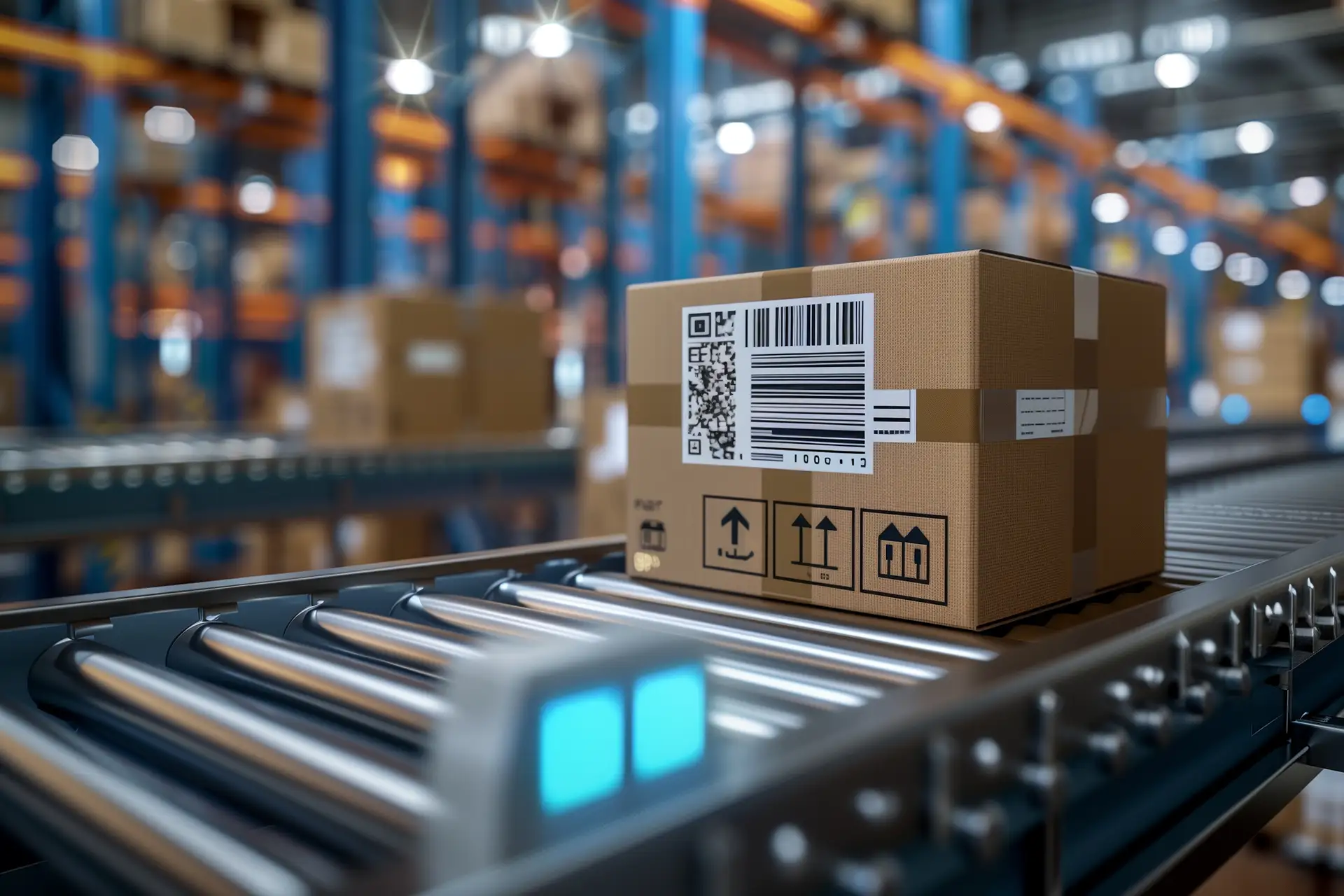
With escalating trade wars, geopolitical uncertainties and conflicts, the pending Presidential election, and more, U.S. manufacturers continue to navigate choppy waters to chart their supply chain strategy.
Building on President Trump’s 2018 tariff increase on goods from China, in mid-May, President Biden set out to address unfair trade practices and “artificially low-priced exports” from China that are “threatening American businesses and workers.” Under Section 301 of the Trade Act of 1974, tariffs are increasing on $18 billion of imports from China. Tariffs on electric vehicles are increasing from 27.5% to 100%. They are also increasing between 25% and 50% for semiconductors, steel and aluminum, batteries and critical minerals, solar cells, ship-to-shore cranes, medical products, and more.
In mid-June, the G7 (Britain, Canada, France, Germany, Italy, Japan, and the U.S.) pledged to protect their manufacturers against China’s unfair practices and discussed shifting production to countries like Vietnam and Mexico. (India and Bangladesh are also popular options).
For U.S. manufacturers, nearshoring by bringing production to Mexico appears to be an attractive option. In fact, in 2023, Mexico replaced China as the leading exporter to the U.S. thanks to low labor costs, its proximity, and the US/Mexico/Canada free trade pact (USMCA) which removes barriers to buying, selling, and moving parts across the continent.
However, there’s a problem. According to a report from the Alliance for American Manufacturing, “Countries like Vietnam and Mexico have become routes for Chinese manufacturers to flood the American market with the products they have difficulty sending here directly.” In some cases, China is setting up operations in other countries to bypass the U.S. tariffs. In others, it’s shipping supplies to local manufacturers that ship it out under their name.
Perhaps that’s why onshoring (also referred to as reshoring) remains the preferred supply chain strategy among U.S. manufacturers. Fictiv’s 9th annual State of Manufacturing report indicated, “For the third year in a row, improving manufacturing and supply chain visibility (54%) is the top priority for leaders, followed by increasing supply chain resilience and agility (48%).” The report indicates manufacturing leaders are considering global tensions as they go about long-term planning and are continuing to adopt onshoring as their lead supply chain strategy.
Finding supply chains offering stability, flexibility, shorter lead times, sustainability, lower costs, and ultimately a competitive advantage is no easy task, especially given the current environment. If you’re looking for more information or assistance, the Manufacturing Extension Partnership’s (MEP’s) National Network offers services to help improve supply chain performance and manage disruptions. This may include supply chain mapping and risk assessment; supplier scouting; process improvement and supplier development; and procurement and supply chain management strategy.
While you focus on your supply chain and other priorities, you can count on RBT CPAs to focus on your accounting, advisory, audit, and tax needs. Give us a call or send an email and let us know what you need. We would appreciate having the opportunity to show you how we can be Remarkably Better Together.
RBT CPAs is proud to say 100% of its work is prepared in America. Our company does not offshore work, so you always know who is handling your confidential financial data.
